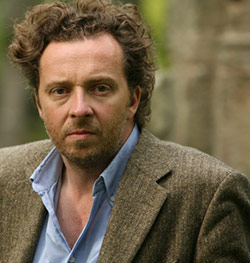Tag: Christian Gerhaher
-

GETTING TO KNOW BARITONE CHRISTIAN GERHAHER
Christian Gerhaher on the origins on German Lied (song): The German Lied was born into quite special circumstances. The composer found himself creating something with no pre-existing format, which in practical performance terms was restricted to a quite intimate situation, which will later become the famous Schubertiade. That means it had a more social than…



